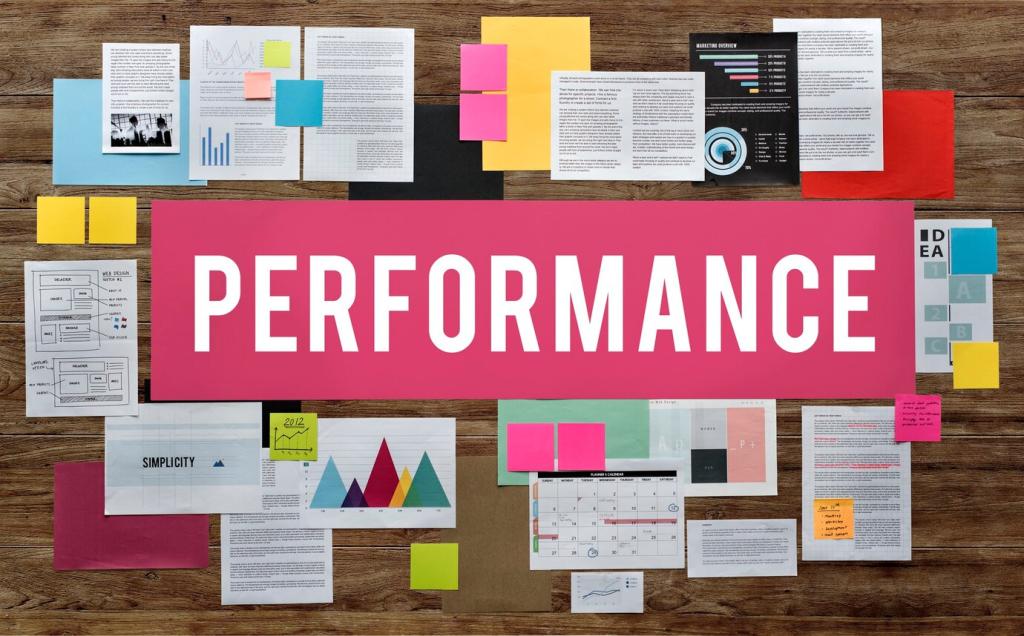Breathe to Go Far: Breathing Techniques for Physical Endurance
Chosen theme: Breathing Techniques for Physical Endurance. Welcome to a space where every inhale becomes purposeful and every exhale propels you farther. Learn practical, science-backed ways to breathe better, last longer, and enjoy your training more—then share your progress and subscribe for weekly breathing challenges.
How Breathing Fuels Endurance
Your diaphragm is a powerful endurance muscle. When it moves well, lungs expand fully, oxygen uptake improves, and stabilizing pressure supports posture. Train it deliberately and notice steadier pace, calmer mind, and fewer energy dips during long efforts.
How Breathing Fuels Endurance
Endurance relies on a balanced exchange. Oxygen fuels working muscles, yet carbon dioxide regulates drive to breathe and blood acidity. Building CO2 tolerance smooths breathing, reduces stitches, and helps you stay composed when intensity rises late in a workout.


Diaphragmatic (Belly) Breathing
Lie supine, one hand on chest, one on belly. Inhale through the nose, expanding the lower ribs and abdomen. Keep chest quiet. Exhale long and easy. Progress to seated, then standing, then during conversational-paced runs or rides.
Cadence Breathing
Sync breaths with movement to stabilize rhythm. Try a 3:3 inhale:exhale pattern for easy pace, 2:2 for tempo. Runners can match steps, cyclists match pedal strokes. The steady pattern reduces mental chatter and prevents early overreaching.
Pursed-Lip Exhale
Inhale gently through the nose, then exhale through pursed lips, lengthening the out-breath. This creates back-pressure, keeps airways open, and calms the nervous system. Use it on hills, between intervals, or whenever heart rate drifts too high too soon.

Nasal-Only Warmups
Begin ten to fifteen minutes at truly easy intensity breathing only through the nose. Keep mouth closed, shoulders relaxed, and cadence smooth. If you need to open the mouth, slow down slightly. This encourages economy before intensity rises.

CO2 Tolerance Ladders
During a walk or easy spin, take a normal nasal inhale, then extend the exhale for progressively longer counts before returning to normal breathing. Stop before discomfort. Over weeks, longer exhales feel calmer, and efforts feel more sustainable.
Race-Day and Long-Session Strategies
Adrenaline tempts fast breathing. Begin with three slow nasal breaths at the start line, jaw unclenched, shoulders soft. Hold conversational pace early, locking a 3:3 pattern. This protects glycogen and keeps you composed when competitors rush ahead.
When hills arrive, switch briefly to 2:2 with pursed-lip exhales. Keep strides compact or cadence steady. At the crest, add one extra long exhale to downshift. Recover back to nasal once breathing steadies, preventing spikes that linger too long.
Use a three-breath reset: long nasal inhale, longer pursed-lip exhale, repeat twice. Keep eyes on a distant point to signal calm. This technique shortens perceived recovery time and helps the next repetition start with a cleaner rhythm.




Overusing the upper chest wastes energy and tightens the neck. Practice five minutes of diaphragmatic breaths daily. Expand the lower ribs, keep shoulders quiet, and apply the same feeling during easy runs, rows, or warmup rides for carryover.
Common Mistakes and How to Fix Them
Recovery, Mindset, and Habit Building
After training, lie down and practice six to ten slow cycles of nasal inhale and longer pursed-lip exhale. Watch heart rate drop. This gentle downshift cues better sleep, steadier mood, and more consistent workouts across the entire week.
Test Yourself and Engage
01
Seven-Day Nasal Warmup Challenge
For one week, start every session with a ten-minute nasal-only warmup. Record heart rate and how quickly you settle. Share your day seven notes so others see what small, steady breathing practice can unlock.
02
Cadence Consistency Test
During an easy run or ride, hold a 3:3 pattern for twenty minutes without drift. If pace changes, adjust effort to keep breathing consistent. Post your insights and any playlists that helped you stay smooth and unhurried.
03
Long Exhale Calm-Down
After your next hard workout, practice five minutes of longer exhales than inhales, eyes soft, jaw relaxed. Rate how quickly you feel collected. Comment with your rating and any tweaks that made recovery feel even more effective.
